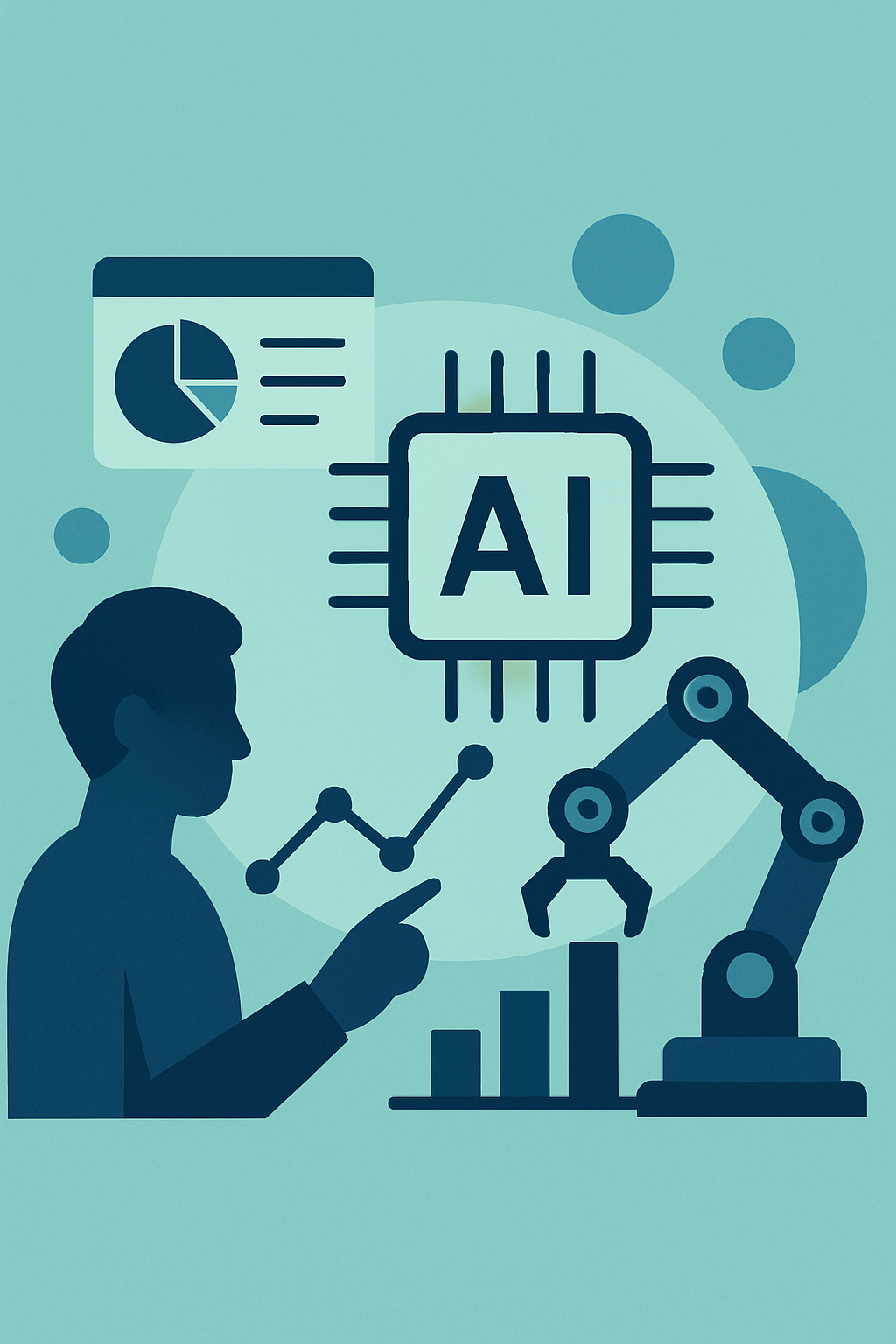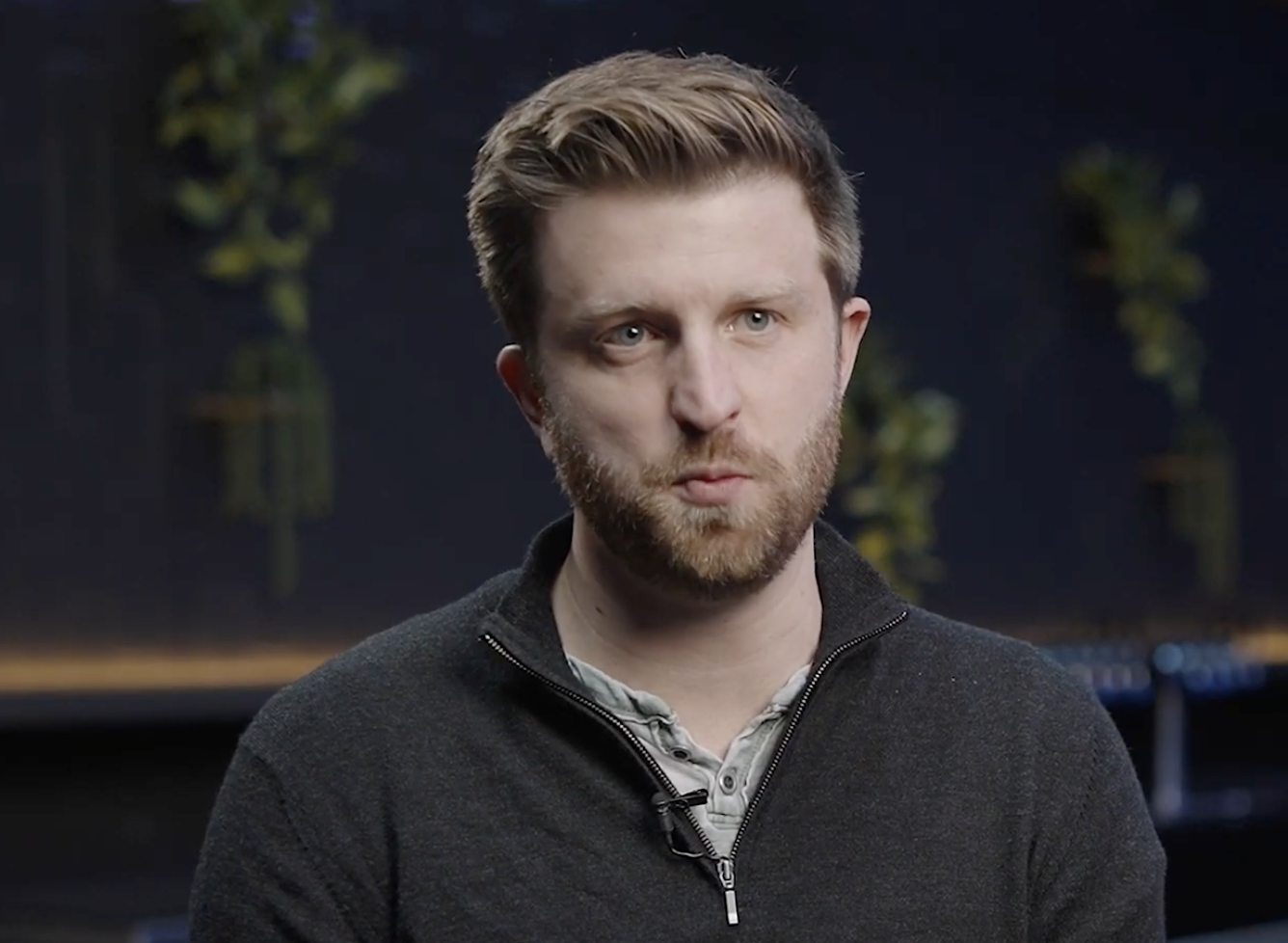
Why Results-as-a-Service Is the Smarter Path to AI Adoption
The concept of paying for an outcome–a package delivered, a conference hosted, or consumer type solutions, such as a new roof on your home–has been with us for centuries. Yet we tend to think of these transactions in terms of the service rendered. We pay delivery providers like FedEx to cover the logistics and labor costs, with the goal of getting our packages within a specific time window. Or use Zoom to host webinars. Or contract with a roofing company to cover the costs of a team of skilled workers plus time and materials. They’re all service providers, but ultimately, we’re paying for the outcome.
As with so many business and personal interactions, artificial intelligence (AI) is putting an entirely new wrinkle on the well established SaaS model. But what AI brings to the table is more of a nuanced departure from SaaS, rather than a complete replacement. Because much like the evolution from on-premises to the cloud simplified both access and realization of the benefits of the software, the AI results as a service (ARaaS) model represents the next leap where organizations can more easily get access to the benefits of AI.
In an ARaaS model, clients don’t just license an AI product or platform, they pay for tangible results generated by AI, often with the complexity of AI features and capabilities abstracted away. In most cases AI agents will come into play behind the scenes. The idea being that to provide results you need tools and intelligence, and now AI provides the intelligence layer through agents that can reason with data and execute actions with tools.
This model is becoming more popular and can apply to many business functions and use-cases in marketing, software development, finance and beyond. And, as with more established SaaS providers–such as Zoom, Salesforce or Microsoft 365–it stands in contrast to newer AI product models that focus on software capabilities rather than guaranteed outcomes.
Removing Uncertainties and Risk From Business Endeavors
Consider that the return on investment you derive from licensing an enterprise Salesforce CRM instance depends on dozens or hundreds of variables: the quality of your data inputs, the skills of your RevOps team and the consistency and robustness of your network connectivity. The outcomes can vary greatly. If all these factors align and function as expected, your Salesforce license can more than pay for itself through a smoothly functioning and highly performant sales pipeline. If one or more of these factors fall short, well… you might be hearing from your CFO about “why are we paying all this $$$ for a CRM that’s not operational and paying for itself?”
The dynamic with ARaaS is completely different. In the SaaS model, what organizations pay for with say a CRM license are sales qualified leads–vetted information on prospects who have progressed through the funnel to a closed customer. The ARaaS model inverts this dynamic. Going back to our roofing metaphor: SaaS sells you the roofing crew, shingles, asphalt and the tools to get a new roof in place. ARaaS strips off the old shingles, then installs new ones. It’s turnkey. The outcome is the entire goal of the transaction.
Automating Highly Complex, Intellectually Demanding Processes
We use a series of somewhat convoluted metaphors to describe how this will all work because ARaaS shows the most promise in addressing more complex processes that require significant depth in how AI capabilities function. Also, in how AI can be applied to address complex problems, and more importantly, the data-set. To understand ARaaS at work, consider its application in a critical domain: software development quality assurance (QA).
Modern software dev demands rapid iteration and deployment, yet also calls for maintaining high quality and bug-free experiences for end-users. Traditional testing tools and QA processes often can’t keep pace with agile development–tests may be written and run late in the cycle, bugs slip through, or enormous manual effort is spent writing and updating test scripts. Here is where AI-powered Continuous Quality (AI-CQ) comes in as a prime example of ARaaS.
AI-CQ is the application of AI to continuous software testing and quality management. Instead of developers or QA engineers writing tests and manually chasing bugs, an AI-CQ provider delivers ongoing quality assurance results as a service. The focus is on ensuring the software is always thoroughly tested and issues are identified (and even resolved) continuously through the DevOps cycle, without the development team spending time to orchestrate that process. In other words, the outcome sold is “high software quality at speed.”
How would this work? Critical to success would be having a system where AI agents perform the following steps:
- Discover Test Scenarios from Real Usage: Agents monitor user behavior and detect important user flows (including edge cases) that need to be tested, ensuring that the test coverage reflects actual usage patterns.
- Autogenerate and Run Tests: For each identified flow, agents generate end-to-end test scripts and execute them on the application on a continuous basis to provide immediate feedback whenever something breaks.
- Self-Maintain and Adapt: As the code evolves through the DevOps process, the agents automatically update and fix test scripts when they fail or when interfaces change. The test suite thus heals itself, avoiding the notorious maintenance burden of traditional test automation.
Through this ARaaS approach, quality assurance becomes a continuous, real-time function that keeps up with rapid development. Not only is this model effective, but it’s also demonstrably efficient. We concentrated on DevOps QA here, but wherever repetitive processes involving language or code can be digitized, ARasS is an attractive approach to speeding cycle times and relieving practitioners to focus on the more interesting, high value creative work.
Tech, startups & the big picture
Subscribe for sharp takes on innovation, markets, and the forces shaping our future.
Let's keep in touch
We're heads down building & growing. Learn what's new and our latest updates.


